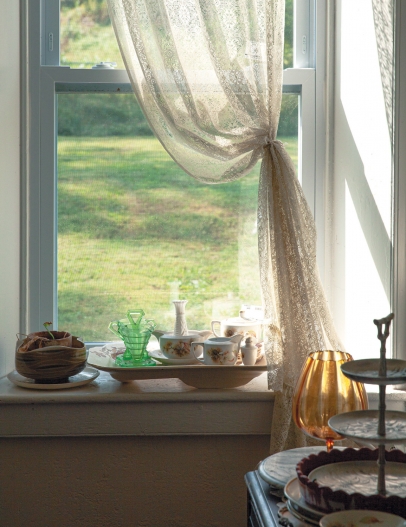The Tradition of Sourdough
In my life as a bread baker, I have been told so many wonderful stories of family baking traditions. It always makes me so happy when a customer shares that our breads remind them of their childhood, of their grandmother, of their country of origin.
At the center of many of these stories are the celebrated blobs that grandmas around the world cared for, almost as attentively as they cared for their children. These blobs are starters, also known as sourdough, which may have been handed down for generations. These mysterious, magical, sticky and often intimidating substances are the historic facilitator of all things bread. The various textures, moisture levels and local microbial influences give starters their personalities. The unique aroma and flavor of breads baked with a family starter will evoke a deep reminiscence.
It’s remarkable that the legacy of starters nearly disappeared from daily life with the emergence of commercial bread in the early twentieth century. Families may remember that Grandma had a blob, but didn’t know what it was fed with (flour and water) or how to bake with it. Contrast this with the Yukon prospectors of the “Trail of ‘98” (1898-1905 or so). These were tough men who traveled through wilderness and rough terrain with their sourdough starters, which were so much a feature of their identity that these hardy men were called Sourdoughs.

The legacy of starters nearly disappeared from daily life with the emergence of commercial bread in the early twentieth century. Families may remember that Grandma had a blob, but didn’t know what it was fed with (flour and water) or how to bake with it.
In looking back upon bread traditions, there can be a number of names for the same thing, such as biga, miche, levain, starter, sourdough, leaven and friendship bread. All signify a quantity of dough held over until the next bake, for the purpose of carrying the yeasts and other microbes forward from one batch to the next. These microbial transport media need to be fed regularly to prevent them from running out of fuel (sugars from the flour) and dying.
The safest method is to feed a starter with flour and water every day, and pull a bit off to make pancakes or waffles if one is not planning to bake bread. The extra could also be shared, fed to chickens, or (sadly) thrown away.
Since many starters were kept in the home kitchen before refrigeration was available, the most traditional temperature range for starters is between 50°F and 85°F. It is safe for the microbes to be colder, and colder temperatures will slow down the rate of fermentation. Conversely, a warmer temperature will speed up the process, and 120°F will kill starter yeasts.
If your family had a starter, it’s a good time to interview the older members of your family and rekindle the tradition. If the actual details are lost forever, it’s a good time to begin a new tradition.




